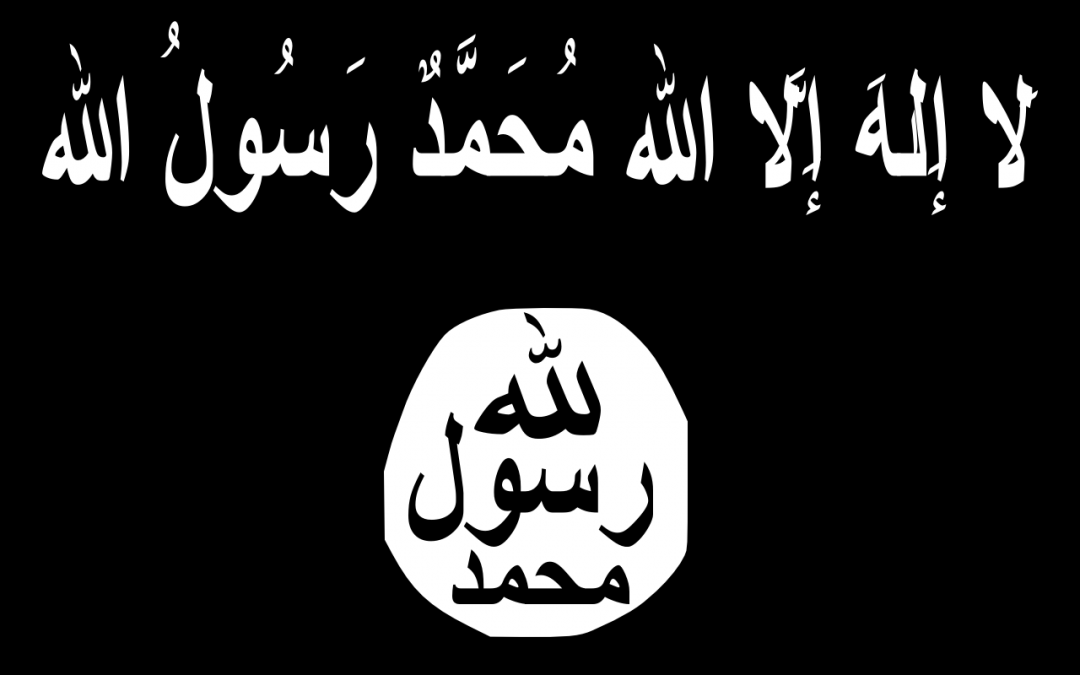By Steve Hoadley
The killing of the caliph of the Islamic State (ISIS) Abu Bakr al-Baghdadi is significant in many ways, but not as a major victory in the campaign against jihadist violence.
Finding al-Baghdadi in a remote compound in the Syrian desert was a triumph of patient intelligence work. Commendably, US counter-terrorism agencies worked with Iraqi counterparts to achieve it. A US$25 million bounty provided incentive, although it is not clear who might be eligible to claim it…and their identity will doubtless be kept secret for protection of not only sources but also their life against revenge attacks by ISIS loyalists. Even then the mission took more than two years to complete.
The helicopter-borne strike by US Army Delta Force troops was reminiscent of the US Navy SEAL attack on Osama Bin Laden in Pakistan, dramatized in the movie Zero Dark Thirty. Although on a smaller scale and uncomplicated by an urban setting, it nevertheless required US forces to enter a distant foreign country and brave hostile fire. The use of a dog, who was injured in the fracas, earned the operation the nickname Zero Bark Thirty, a ray of wry humour in an otherwise deadly serious action.
The US attack ended with al-Baghdadi’s suicide. Regrettably, that means he could not be questioned for intelligence on ISIS plans and organisation. More regrettably, innocent persons were also killed, notably al-Baghdadi’s two children and six other unidentified residents of the hideout. Reportedly, eleven other children were taken into custody unharmed, and they may provide useful counter-terrorism information. The compound was then reduced to rubble by bombs.
However, it is evident that al-Baghdadi had not been in direct command of ISIS since the US and Kurdish offensive began two years ago and the territory of the ISIS caliphate in Iraq and Syria was squeezed and ultimately reduced to zero. His leadership was symbolic and tactical decisions were made by ISIS loyalists elsewhere in the theatre of conflict. As Russell Travers, acting director of the US National Counterterrorism Centre told a Congressional hearing, ‘If there were significant attacks that were in the planning, that planning will continue.’
Thus it is premature to claim ‘mission accomplished’. Like the hydra-headed monster of myth, severing one ISIS head stimulates the growth of new ones. Al-Baghdadi himself became leader upon the killing of his predecessors. As predicted, a new leader, Abu Ibrahim al-Hashimi al-Qurayshi, has been named by an ISIS shura (council) meeting in a secret location to front the ISIS jihad.
Does ISIS have a meaningful existence any longer? Territorially no. Ideologically yes. According to one estimate, 14,000 fighters loyal to ISIS are in Kurdish prisons, or in hiding or on the run, in Syria, Iraq, and neighbouring countries. As many as 3000 foreign fighters are trying to return to their home countries, such as New Zealand’s Mark Taylor. True, the vanguard role of ISIS in jihadism is challenged by Al Qaeda and offshoots such as the Al Nusra Front, and franchises such as Al Shabab in Somalia and Boko Haram in Nigeria and dozens of others. The UN list of terrorist organisations numbers over 200 across the Middle East, Africa and South and Southeast Asia, and also South America and Europe. Although sometimes weakened by in-fighting and turf wars, these local movements, groups, cells, and individuals still carry on the inspiration, clandestine organisation, and lethal skills championed by ISIS regardless of their formal affiliation.
Further, social media is the new vector that transforms local conspiracies into global infestations via self-radicalised individuals. FBI Director Chris Wray has called this a ‘virtual caliphate’ and warned against a surge of revenge attacks. Western intelligence agencies concede their inability to detect ‘lone wolf’ terrorists and intercept them. They become known only when they strike, leaving innocent deaths, and often their own, in their wake.
What can we do?
- Security forces and intelligence agencies should be on alert to counter revenge or copy-cat attacks.
- Governments should work out how to receive former foreign fighters and their spouses and children and de-radicalize and re-integrate them as useful members of society.
- Social media should exercise responsibility by screening out radicalizing and recruiting messages.
- Leaders and members of the public and social groups should exercise tolerance of religious and ethnic diversity to avoid marginalising and alienating minorities and triggering a violent backlash.
At the violent extreme, armed forces should be configured to defend state integrity against a future radical movement morphing into an armed quasi-government and capturing territory as did ISIS. Such movements are real possibilities in Libya, Nigeria, Somalia, southern Philippines, southern Thailand, and lawless parts of south and central America. While mitigating root causes of radicalism is the preferable option in the long run, in the short run conventional armed forces may be necessary to secure territory and maintain order until liberal reform initiatives can become effective.
So rather than repeat the ‘war on terrorism’ mantra it is preferable to plan for an on-going counter-terrorism campaign. This campaign will not have a discrete beginning and end like a classic war but must continue indefinitely, like campaigns against crime or drug abuse or family violence or poverty. While governments may lead, we in the public must serve in the front lines of all these campaigns.
Steve Hoadley is an Associate Professor in Politics and International Relations at the University of Auckland. He is an expert in foreign and security policy.
Disclaimer: The ideas expressed in this article reflect the author’s views and not necessarily the views of The Big Q.
You might also like:

